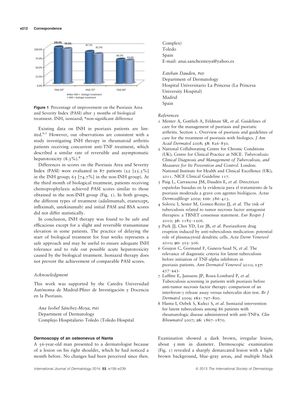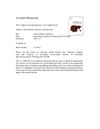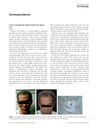Dermoscopy of an Osteonevus of Nanta
April 2013
in “
International Journal of Dermatology
”

TLDR Dermoscopy helps diagnose unusual skin lesions like osteonevus of Nanta and can prevent misdiagnosis of serious conditions.
The document detailed a case of osteonevus of Nanta in a 56-year-old man, presenting a dark brown, irregular lesion on his shoulder. Dermoscopic examination showed a sharply demarcated lesion with characteristic features, while light microscopy confirmed the presence of osseous tissue linked to a dermal nevus, thus diagnosing osteonevus of Nanta. This case marked the first published description of dermoscopic findings for this condition. The document highlighted the utility of dermoscopy in diagnosing pigmented lesions and recommended excision due to the lesion's atypical presentation and the risk of misdiagnosis, potentially with serious conditions like melanoma. Additionally, there was a brief mention of treating androgenetic alopecia with valproic acid, but the primary focus remained on the osteonevus of Nanta.




